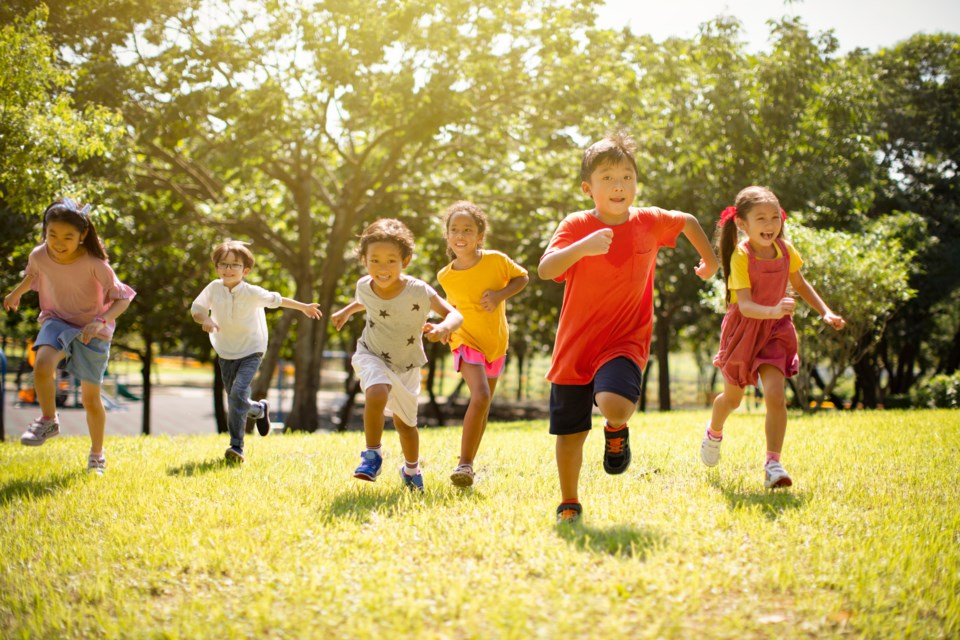It’s not just adults who can have discomfort and pain in their feet and lower limbs. Some kids also need support from a Canadian certified pedorthist. Flat footedness, intoeing, toe walking, and Sever’s disease are all issues that commonly affect children. We spoke with Josée Gingras, the Lead Pedorthist at The Stride Clinic, to learn more about how we can best take care of our kids’ feet.
Common Pediatric Foot Issues
There are a number of common issues that can affect children as they grow. Some of the most common include:
Intoeing
Intoeing which is commonly referred to as being pigeon-toed, can be a normal part of development. “Intoeing means that the feet are turned towards each other rather than being parallel. This condition often corrects itself without the need for treatment but in some cases, kids may need some degree of intervention like specialized shoes, bracing, or exercises ,” says Josée.
Flat footedness
When a child has flat feet, it means that their entire sole, including the arch of their foot, touches the ground. Like intoeing, it is a normal part of the development of the foot and is usually outgrown. If it is causing pain or gait disturbances like frequent tripping, or avoiding activity, Josée and her team can recommend or design the right type of supports to help.
Severs Disease
“Severs is described as pain and swelling of the back of the heel where the Achilles tendon attaches. It’s most common in children during their early growth spurts, especially if they do high impact sports like soccer and gymnastics.” explains Josée. “Calf stretching, corrective insoles, the right footwear and in some cases activity modifications are common treatments that a pedorthist can help you with.”
Toe Walking
Walking on the ball of the feet is common for young children who are just learning to walk, but they should be placing their entire foot on the ground by the time they are around two years old. “If a child is still consistently toe walking after two, they should be assessed to determine what sorts of techniques or aids can get them into normal gait,” says Josée.
Signs to Watch For
For many parents, the question is always when to seek professional help when it comes to our kids. Josée suggests that a professional opinion is always a good idea if you have concerns.
“When in doubt, bring your child in for an assessment. If they are experiencing pain in their feet and/or lower limbs, if they are having trouble walking or running, or if their shoes are wearing unevenly, it is a good idea to schedule an appointment,” she says.
What to Expect at a Pedorthic Assessment
Fortunately, pedorthic assessments are not scary or painful. The team of Canadian certified pedorthists at The Stride Clinic is experienced working with individuals of all ages. They will observe how your child walks and moves and may use non-invasive tools to help assess the source of any issues. The pedorthist will then suggest possible treatments or recommendations, working with you and your child to undertake the best treatment plan for your family.
“We want everyone to feel comfortable when they come see us. Our goal is always to get our clients, children included, back to doing what they love.” says Josée.
For more information about childhood foot conditions or to schedule an assessment appointment, visit The Stride Clinic online, call the Barrie clinic at (705) 735-1013, or the Orillia clinic at (705) 326-5808.
